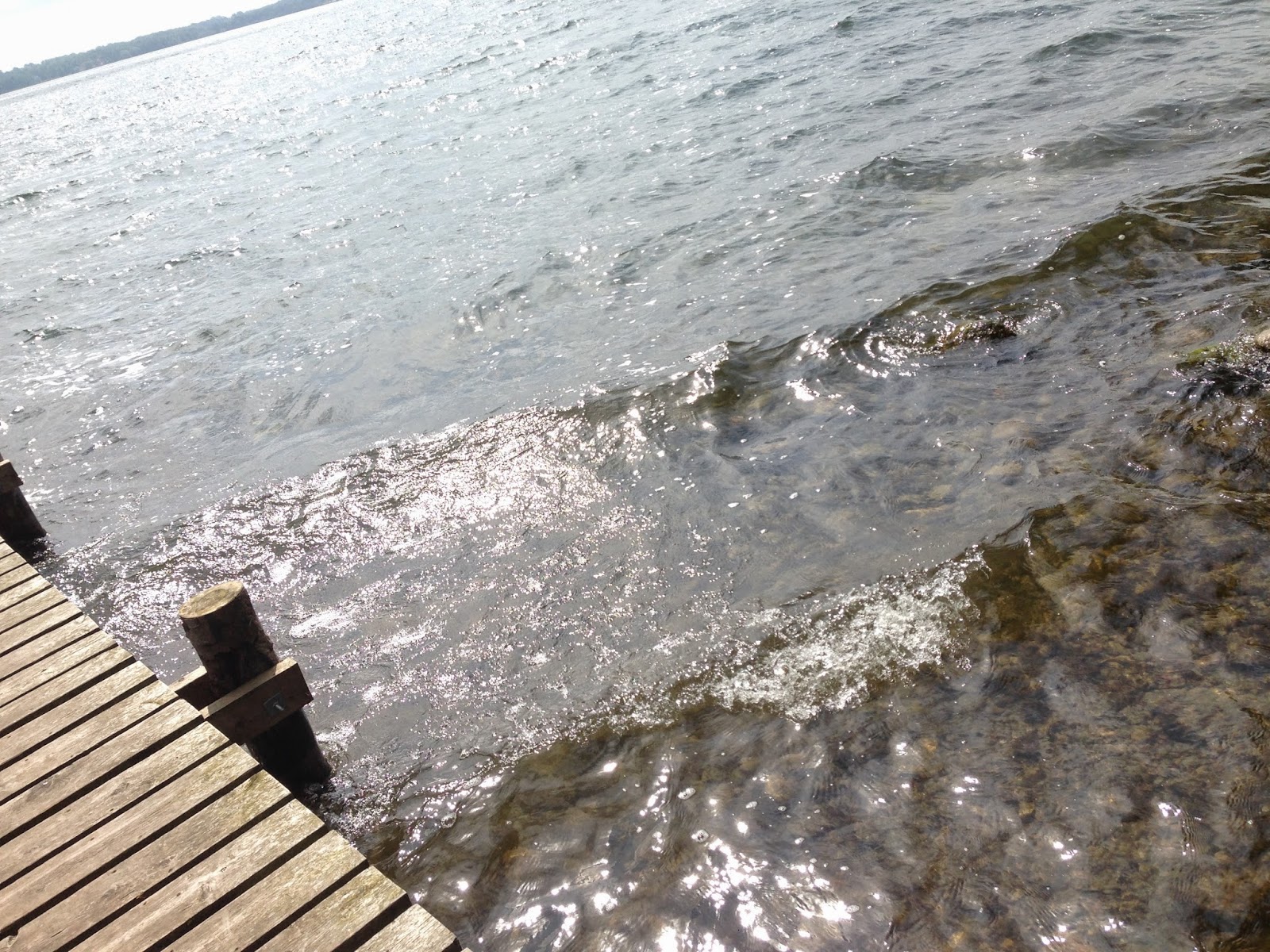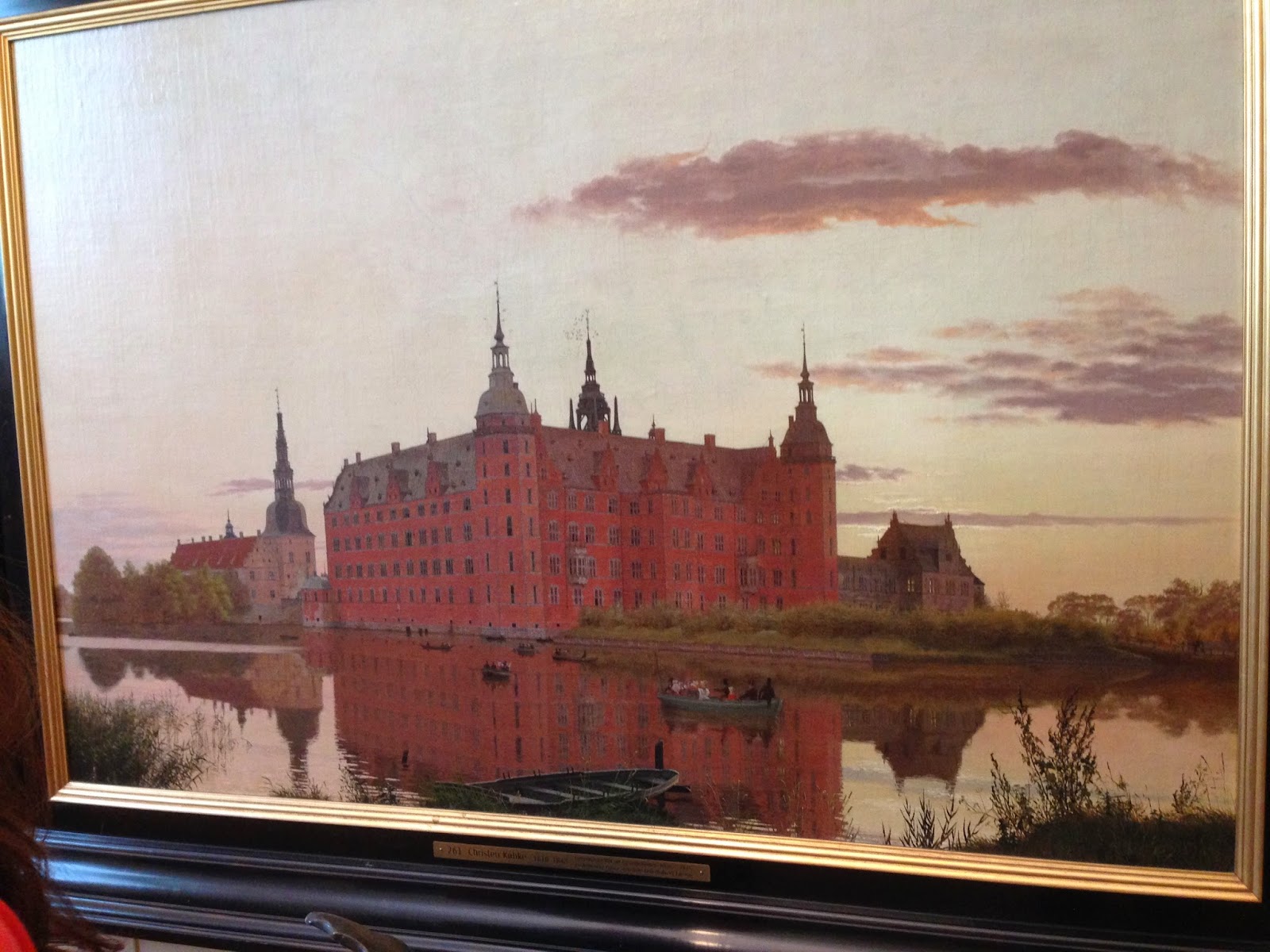QUESTION 9
Does the historic and elitist institution of the country house estate have a role and purpose in Denmark’s egalitarian society? Explain your answer.
Denmark’s society is oriented toward an egalitarian structure yet it’s a country that has a monarchy which is a type of contradiction. Hierarchichal societies have royal families that rule “from the top” yet Denmark has a unique framework in this context. The royal family enjoys a high popular approval vote and the country is not set up in a class status structure, as opposed to India, England, Ethiopia or the US, for example, where caste systems continue. Denmark is very fair in its treatment of all Danish citizens.
Egeskov Castle serves more as a portal into Denmark’s past than a commentary on current society. The current country house estate, like many greenspaces we have visited throughout this class, function as public recreational space and underscores the egalitarian nature of sharing national space regardless of class status.
Ultimately, the role and purpose of this privately-owned castle estate is to understand Denmark’s past when it was not egalitarian. Hierarchical structures of society did exist and castles show the royal and rich lifestyles of historic eras gone by. Egeskov Castle serves as a museum, a reminder of the past, and a tourist destination. This elitism exists among the current egalitarianism; however, the social structure of the country is not threatened because it works so well. Also, there is no real indication of the estate being privately owned or acknowledged to be operated by a corporate or private entity.
On the grounds there are many gardens, a car museum and other tourist attractions. Several of the old farm buildings are used for display. The castle and its grounds have a Danish sensibility that shows a Danish architectural style dating back some 450 years. Renovations and updates have been implemented in the interior and exterior to create a majestic and grand country estate that has a historical timeline with a contemporary purpose.










































